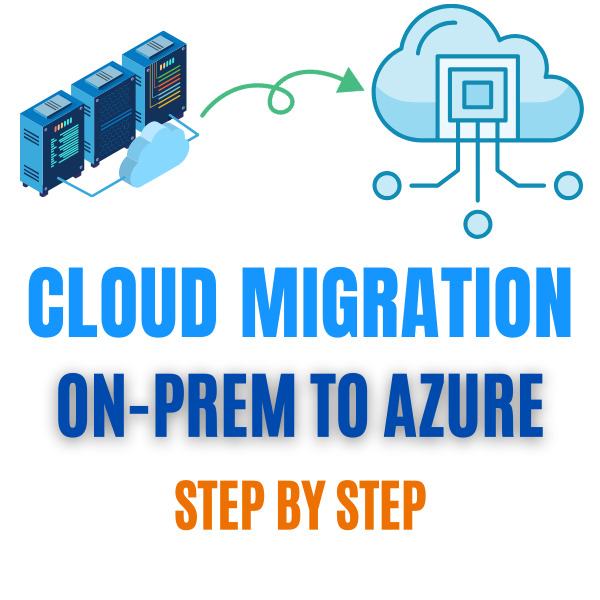
To successfully migrate the data center from on-premises to the Azure Cloud, the following infrastructure design is proposed:
- Virtual Network (VNet): Create a virtual network to establish the network connectivity between the on-premises environment and the Azure Cloud. This will allow secure communication and data transfer.
- Subnets: Configure subnets within the virtual network to logically separate different components of the infrastructure, such as web servers, application servers, and databases.
- Virtual Machines (VMs): Deploy virtual machines in the Azure Cloud to host the applications and services that were previously hosted on-premises. Ensure that the VMs are appropriately sized to meet the resource requirements.
- Load Balancer: Utilize a load balancer to distribute incoming network traffic across multiple VMs, ensuring high availability and scalability.
- Storage Accounts: Set up storage accounts to store data and files required by the applications and services.
- Azure Active Directory (AAD): Integrate Azure Active Directory for centralized user authentication and access control.
- Security Groups: Implement security groups to define network security rules and control inbound and outbound traffic.
- Monitoring and Logging: Enable monitoring and logging services in Azure to track the performance, health, and security of the infrastructure.
- Backup and Disaster Recovery: Implement backup and disaster recovery solutions to protect data and ensure business continuity.
- Network Security: Configure network security groups, virtual network service endpoints, and Azure Firewall to enhance the security of the infrastructure.
- Automation: Utilize Azure Automation and Infrastructure as Code (IaC) tools to automate the deployment and management of the infrastructure.
- Scalability: Design the infrastructure to be scalable, allowing for easy expansion of resources as the demand grows.
- Cost Optimization: Optimize the infrastructure design to minimize costs by utilizing reserved instances, rightsizing VMs, and implementing cost management practices.
By following this infrastructure design, the data center migration to Azure Cloud can be successfully accomplished while ensuring performance, scalability, security, and cost-effectiveness.
Hope you find this post helpful.
Telegram: https://t.me/LearnDevOpsForFree
Twitter: https://twitter.com/techyoutbe
Youtube: https://www.youtube.com/@T3Ptech